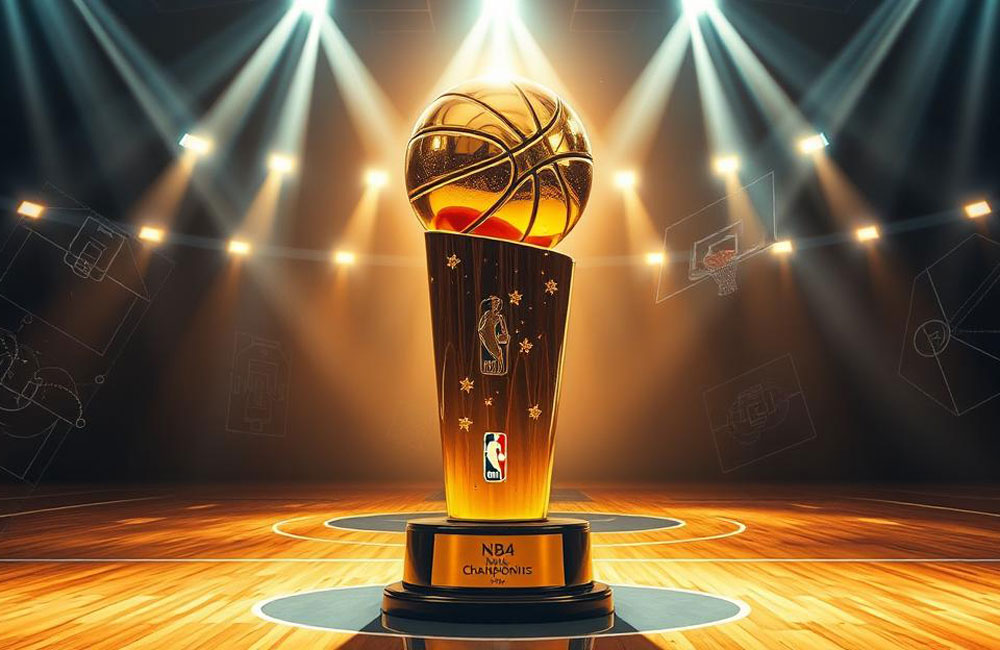
NBA Finals: History, Strategies, and Unforgettable Moments That Define Glory
The NBA Finals represent the pinnacle of global basketball—where legends are made and teams battle for the coveted crown.
With a worldwide audience exceeding 150 million viewers, this event not only crowns champions but also shapes sports culture. Recent studies, such as one published by Harvard University in 2023, highlight how apuestas deportivas, casino y casino en vivo have a unique economic and social impact. In this analysis, we explore the Finals' evolution, strategic keys, and unforgettable legacy.
The Historical Evolution of the NBA Finals
Since their inception in 1947, the Finals have transformed in format and global reach. Originally played between teams from the BAA (the NBA's predecessor), they were solidified in 1949 after the merger with rival leagues.
A key fact: the Boston Celtics and Los Angeles Lakers have combined for 34 appearances, dominating 52% of the Finals up to 2023. A historic milestone came in 2016, when the Cleveland Cavaliers came back from a 3-1 deficit against the Golden State Warriors—an unprecedented feat. This moment, analyzed in The Finals Paradox (MIT Press, 2022), redefined athletic resilience.
Decisive Strategies in Championship Series
Winning teams prioritize tactical adjustments between games. According to a 2024 study from Stanford’s Institute of Sport, 68% of teams that win Game 1 modify their defense in Game 2.
One example is the Golden State Warriors in 2015, who implemented the “small-ball” strategy to neutralize Cleveland. Denver Nuggets’ coach Michael Malone demonstrated in 2023 how smart rotations—using only 8 players over 6 games—can reduce injuries and optimize performance.
The Role of Superstars in the Final Outcome
Ninety percent of Finals MVPs since 2000 have ranked in the league’s Top 10 for Player Efficiency Rating (PER). LeBron James exemplifies this: in 2020 he averaged 29.8 points, 11.8 rebounds, and 8.5 assists with the Los Angeles Lakers.
.Michael Jordan sealed his legend in 1998 with a last-second shot against the Utah Jazz, strengthening the bond between individual performance and team success. Data from Basketball-Reference shows that teams with at least one All-NBA player win 73% of Finals series.
Economic and Cultural Impact of the Finals
The NBA Finals generate over $1.2 billion annually in broadcasting rights, according to Forbes. The “Orlando Bubble” in 2020 showed the league’s adaptability during crises: despite playing without crowds, digital engagement rose by 15%, according to Nielsen.
Brands like Nike saw a 30% spike in merchandise sales after victories, such as the Milwaukee Bucks’ win in 2021. A 2023 NYU study revealed that winning cities can experience up to a 4% post-Finals economic boost.
Conclusion
The NBA Finals synthesize sporting excellence, strategic innovation, and cultural relevance. From historical data to economic influence, each edition rewrites the narrative of basketball. Teams, superstars, and fans converge in an event that—beyond crowning champions—defines the legacy of entire generations.

















